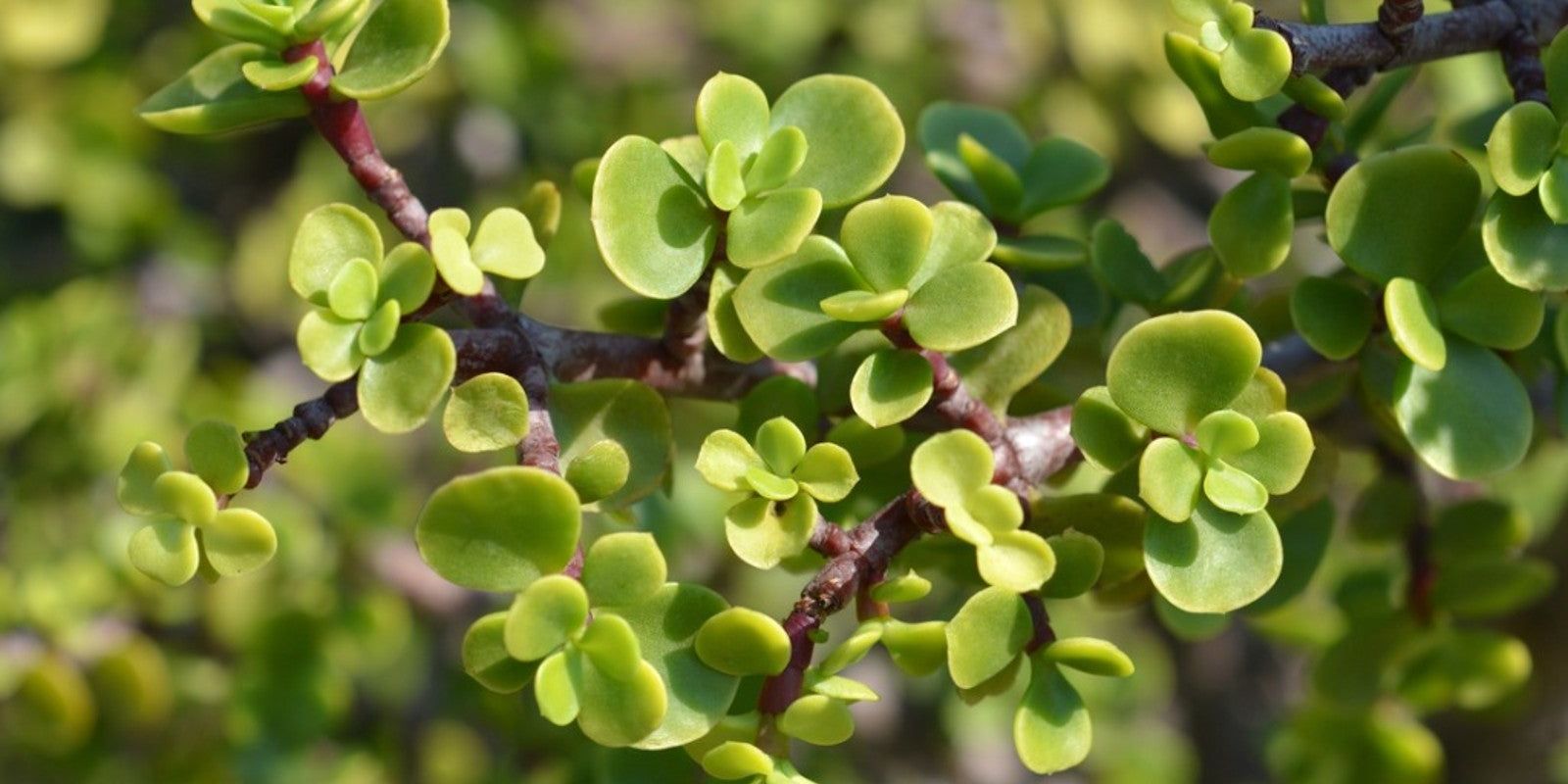Introduction
The Portulacaria Elephant Bush, often referred to as Elephant Food or Elephant Bush, is a beloved succulent that captivates gardeners and plant enthusiasts with its distinctive appearance and easy-going nature. Native to South Africa, this succulent is known for its attractive, round leaves and versatility, thriving both indoors and outdoors. Whether you’re a seasoned gardener or a newcomer to the world of succulents, the Elephant Bush is a fantastic addition to any plant collection. In this guide, we’ll explore everything you need to know about growing and caring for this unique succulent.
Understanding the Portulacaria Elephant Bush
The Portulacaria Elephant Bush is a member of the Portulacaria genus, which includes several succulent species. It is often mistaken for the more commonly known Jade Plant (Crassula ovata) due to its similar appearance, but it has its own distinct characteristics. This succulent is renowned for its small, rounded leaves that resemble tiny coins, and its bushy, spreading growth habit. The Elephant Bush is well-suited to various environments, making it a versatile choice for both novice and experienced gardeners.
Choosing the Right Location
Indoor vs. Outdoor Planting:
- Indoor: If growing indoors, place your Elephant Bush in a location with bright, indirect light. A south-facing window is ideal, but ensure it’s protected from harsh, direct sunlight that can scorch the leaves.
- Outdoor: For outdoor planting, choose a spot with plenty of sunlight and well-draining soil. The Elephant Bush can tolerate some shade but will grow best in full sun.
Preparing the Soil
Soil Type:
- Well-Draining Mix: The key to a healthy Elephant Bush is well-draining soil. Use a cactus or succulent mix, which is designed to allow excess water to flow through and prevent root rot.
- DIY Mix: If you prefer to make your own mix, combine equal parts potting soil, perlite, and sand to create a lightweight, well-draining medium.
Planting the Elephant Bush
Selecting a Container:
- Size and Material: Choose a pot with drainage holes to ensure that excess water can escape. Terra cotta or ceramic pots are excellent choices because they allow the soil to dry out faster.
- Potting: Place a layer of gravel or small rocks at the bottom of the pot for added drainage. Fill the pot with your prepared soil mix, leaving about an inch of space at the top.
Planting Steps:
- Remove the Plant: Gently take the Elephant Bush out of its nursery container.
- Position: Place the plant in the center of the pot, making sure it sits at the same depth as it was in its original container.
- Fill and Press: Add soil around the plant and lightly press down to secure it in place.
Watering and Maintenance
Watering Routine:
- Frequency: Water the Elephant Bush sparingly, allowing the soil to dry out completely between waterings. Overwatering can lead to root rot, a common issue with succulents.
- Method: Water thoroughly until you see excess water draining from the bottom of the pot. Reduce watering frequency during the winter months when the plant’s growth slows down.
Light Requirements:
- Bright Light: Ensure the plant receives bright, indirect light. If growing indoors, place it near a sunny window or use a grow light if natural light is insufficient.
- Outdoor Care: If grown outside, ensure it gets at least 4-6 hours of direct sunlight each day. In hotter climates, some afternoon shade can help prevent leaf burn.
Fertilizing and Pruning
Fertilization:
- Type: Use a balanced, diluted liquid fertilizer designed for succulents or cacti. Over-fertilizing can harm the plant, so it’s best to err on the side of caution.
- Frequency: Fertilize during the growing season (spring and summer) once a month. Reduce or stop fertilizing during the fall and winter months.
Pruning:
- When to Prune: Prune your Elephant Bush to maintain its shape and remove any dead or leggy growth. This helps promote a fuller, bushier appearance.
- How to Prune: Use clean, sharp scissors or pruning shears to trim back overgrown stems and remove any unhealthy leaves.
Propagation
Methods:
- Stem Cuttings: The Elephant Bush is easy to propagate from stem cuttings. Simply take a healthy stem with a few leaves, allow it to dry for a day or two, then place it in a pot with well-draining soil.
- Leaf Cuttings: You can also propagate using individual leaves. Gently twist off a healthy leaf, let it callous over for a few days, and then place it on the soil surface. New roots and shoots should develop from the base of the leaf.
Common Problems and Solutions
Pest Issues:
- Mealybugs and Scale: Inspect the plant regularly for pests such as mealybugs or scale. Treat infestations with insecticidal soap or neem oil.
- Spider Mites: If you notice fine webbing on the plant, spider mites may be present. Increase humidity around the plant and use insecticidal soap or neem oil for treatment.
Diseases:
- Root Rot: Root rot is a common issue caused by overwatering. Ensure proper drainage and reduce watering frequency to prevent this problem.
- Leaf Drop: If leaves are dropping off, it may indicate stress from environmental factors such as too much sunlight or improper watering.
Conclusion
The Portulacaria Elephant Bush is a charming and resilient succulent that adds beauty and interest to any space. With its unique appearance and relatively low maintenance requirements, it’s an excellent choice for both beginner and experienced gardeners. By following these guidelines for planting, caring for, and propagating your Elephant Bush, you can enjoy a thriving, healthy plant that will bring joy and greenery to your home or garden.
Call to Action
Ready to grow your own Portulacaria Elephant Bush? Share your planting experiences, ask questions, or post pictures of your succulent in the comments below. Let’s celebrate the beauty and simplicity of this remarkable plant together! 🌿🌟

